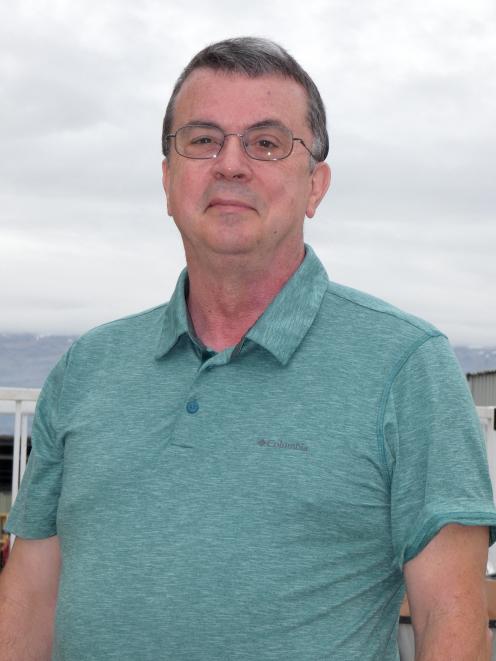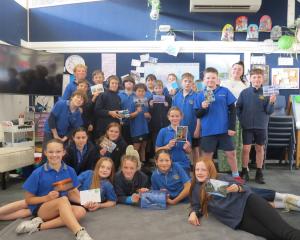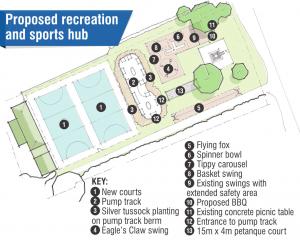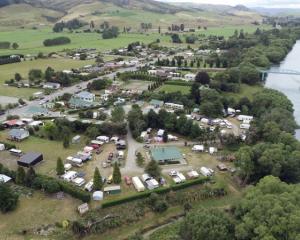
"I think they are very smart people, very capable," Dr Larry Thomason said.
The scientist is calling Alexandra home for the next few weeks while he works with the team at Bodeker Scientific on modelling future extreme events.
Dr Thomason, a senior research scientist at Nasa's Langley Research Centre in Hampton, Virginia, is spending time with Dr Stefanie Kremser and other team members to help devise an updated set of rules for data collected from SAGE - the Stratospheric Aerosol and Gas Experiment.
This was part of Nasa's mission to help understand and protect the earth's atmosphere by conducting long-term measurements, Dr Thomason said.
The SAGE II instrument operated from 1984 to 2005 on the Earth Radiation Budget Satellite.
Using a measurement strategy called solar occultation, "which sounds like the black arts", the instrument was able to look at the sun rising and setting "through the atmosphere", making measurements at various wavelengths.
This provided data on ozone, water vapour and aerosols - particles suspended in the air.
The instrument was designed in the early 1980s and although very effective it had its limitations, one of which was sensitivity to how much aerosol was in the stratosphere.
The 1991 eruption of Mount Pinatubo in the Philippines flung a large cloud of volcanic ash and other particulates into the atmosphere, increasing aerosol in some places "by a factor of 1000".
"It was the largest event of the 20th century and there's been nothing close to it so far in this one."
This made ozone measurements less accurate, but by working back through the data with the team at Bodeker Scientific, Dr Thomason is hoping to isolate the effects of the Mount Pinatubo eruption.
This will allow more accurate data to be added to a disaster database Bodeker Scientific is building to help model the effects of future extreme events.
Working at Nasa was "like working for any major corporation", Dr Thomason said.
It was "on a budget like everybody else" and as well as manned space flights, there were flights sending instruments to the Moon, Mars and beyond.
Dr Thomason is part of Nasa's earth science division - which took up a relatively small part of the overall Nasa budget but he worked with "some really smart people" who were "very dedicated".
"It's all about the data - what is important to us is the quality of the data we produce."












